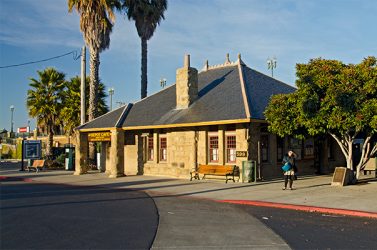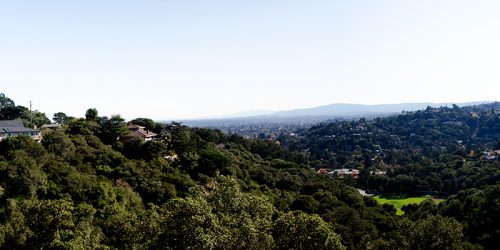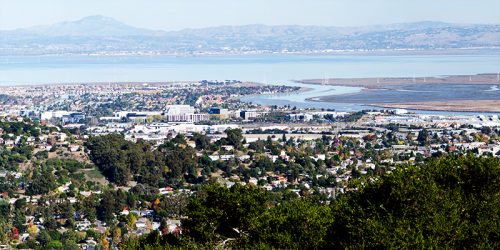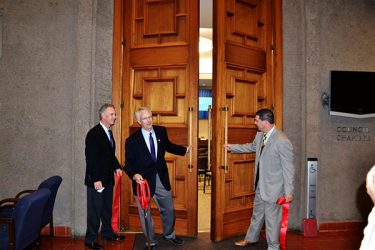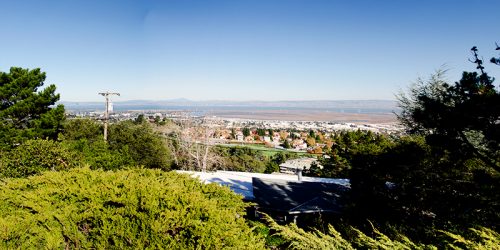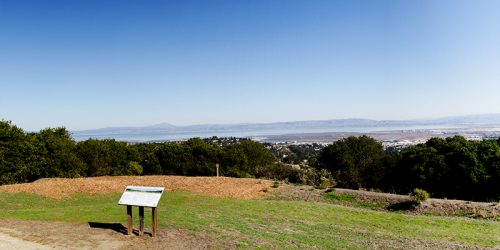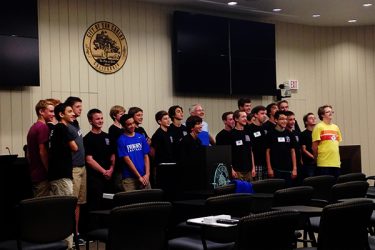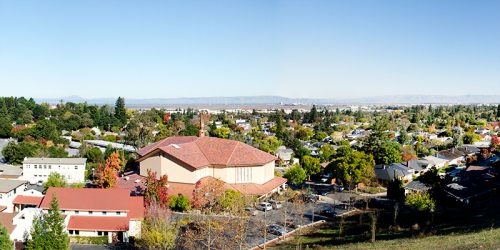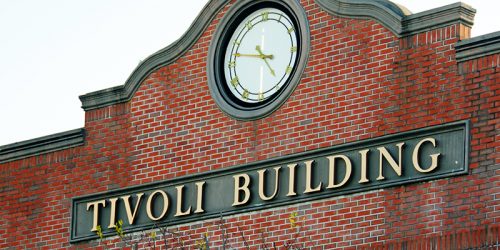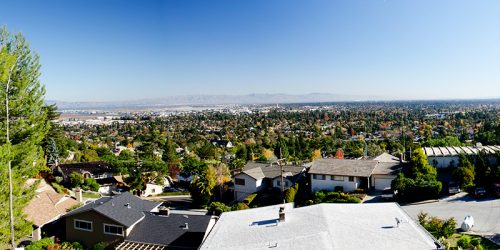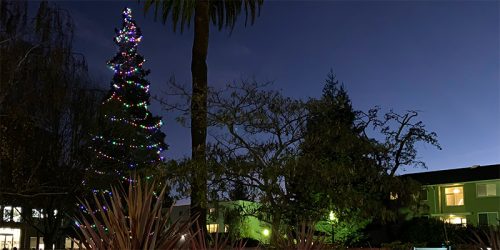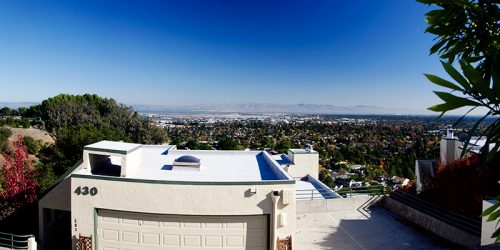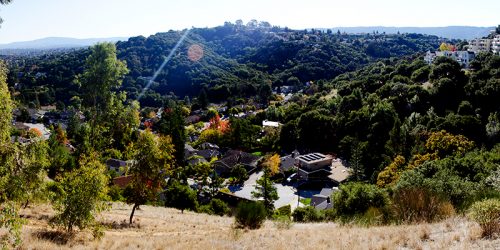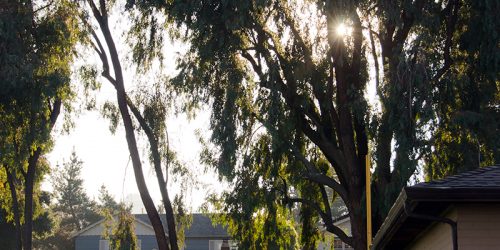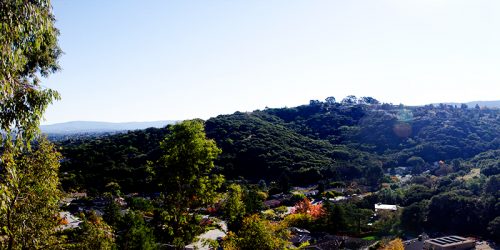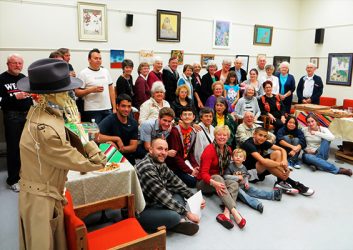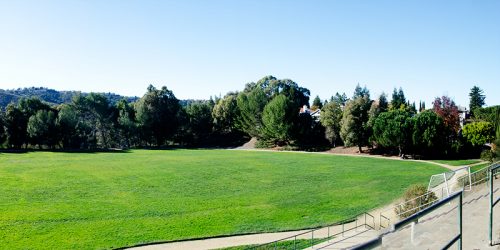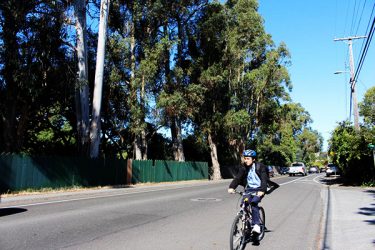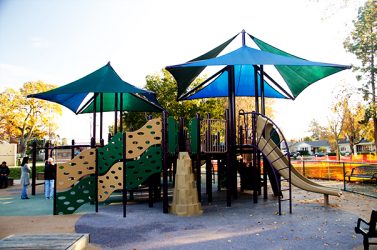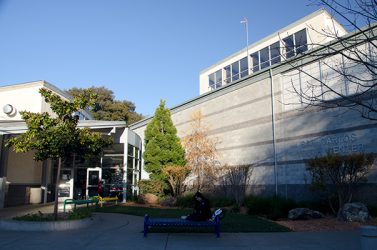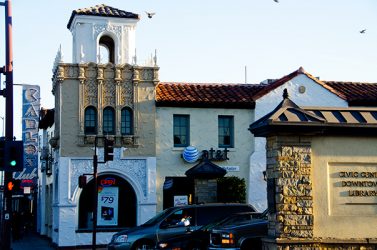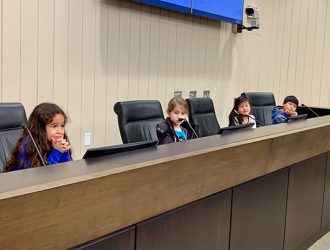Last year, based on community input, the Council established a Single-family Housing Advisory Commission. The commission’s charter was to review our current zoning rules governing single family homes, and see what, if anything, ought to be revised, in light of the increasingly-significant level of home remodeling and reconstruction in San Carlos.
The Commission recently released its findings, which are now working their way through a public review and comment period, after which they will come before the Planning Commission for further review and, ultimately, before the City Council for final review and possible adoption. The recommendations can be revised or sent back for further work at any point during this process (i.e., there is no obligation to adopt what SHAC proposed, or even to adopt anything at all — it’s a process of making choices which will impact San Carlos’ future, not a done deal).
As SHAC’s recommendations are publicly aired, they are inspiring feedback. This post is an edited version of a reply I sent to one resident, which I thought might be of more general interest.
I have no problem giving the community more time to work through this process [the author was concerned about SHAC’s recommendations being approved too quickly]. Housing regulations are a big deal in a place like San Carlos, which is dominated by single family homes.
I would caution you, however, that any eventual outcome of this review process is likely to be what I describe as the “least bad” solution, from any one individual’s perspective, rather than something that a majority, let alone everyone, will be happy with. That’s in the nature of these kinds of community choices.
I agree the current effort is unlikely to have much, if any, impact on the affordable housing problem/crisis [the author had raised this as a specific concern]. That’s not because we’re ignoring that problem; it’s that the goal of the Single-family Housing Advisory Commission was to see what, if any, changes should be made to the rules governing single family home construction and remodeling, not address affordable housing. Both issues involve housing and what a community looks like, but they are also quite different (e.g., almost every approach I’ve heard of for addressing the affordable housing situation involves increasing housing density, through construction of apartments, condos, accessory dwelling units, etc., which are different from the issues that led to the Council establishing SHAC). I encourage you to keep pushing for addressing the affordable housing situation in San Carlos, as it continues to deteriorate.
Regarding land value and home sizes, I think you’re on to something. But I believe it works out differently from what you may think. Land is very valuable in San Carlos (a totally bare dirt single family lot, anywhere in town, would probably fetch over $1,000,000 these days). But that’s the result of all the people with a lot of income and capital who want to live here (e.g., higher level employees of major tech and biotech firms) driving up the prices of a commodity that’s limited (lots on which to live in a home). No one lives on dirt (in fact, it’s against the law to live on the land in San Carlos without, among other things, a functioning bathroom)…and if you’re going to pay $1,000,000 for the dirt, you are almost certainly going to want to live in a home that “justifies” that high cost…which means a bigger home than was the norm 30 or 40 years ago when San Carlos was originally built out. Otherwise, you’ll choose to live in a community where the dirt is less expensive.
There are other demographic factors that tend to lead to larger homes. Paying for a home in San Carlos now often requires both spouses to be working…which means both spouses generally want a home office. A growing response to “how do I care for my aging parents?” also leads to larger homes, courtesy of “in law” suites. When you combine all these other factors with the high cost of San Carlos dirt, it’s not surprising that larger homes are being built. Given the average lot size in San Carlos, and the desire of most families to have yards, these forces also generally move people towards building two story homes.
Could the trend to larger/taller homes be stopped? Probably not totally, as much of it depends on forces (e.g., the enormous economic success of the Bay Area) that San Carlos does not and cannot control. But there are things we could do. Unfortunately, all the ones I know of involve making San Carlos less attractive to home buyers (i.e., they address the supply/demand imbalance by reducing demand, by making San Carlos less attractive to people wanting to buy or build a home). That would directly, and negatively, impact every current homeowner in San Carlos. Put another way, the more we cut down the real and perceived impacts of new home construction, the more we reduce the equity current homeowners enjoy. That’s a trade-off that has to be pursued gingerly.
In addition, changes that make San Carlos less interesting to new buyers and builders would also likely put our housing stock on a downward spiral. Homes do age, even with upkeep, and the way they, and the community they’re a part of, get rejuvenated is for new owners to commit their personal wealth and income to modernizing or replacing them.
Regarding developers flipping property [this was another specific concern cited by the author]: homes built “on spec” do have a tendency to cause more issues in neighborhoods than homes built by people who are going to live there. But I believe that’s less due to developers focusing solely on making a buck (although, like with any other business person, that is their job) than it is that they, personally, have little stake in the neighborhood, so they are less motivated to be flexible.
An example drawn from personal experience (my wife and I tore down a 1940s one story rancher a few years ago and built a two story craftsman on the lot): after my living room window wall was framed, I realized I was going to learn a lot about how my neighbor Karen cooked, because the window looked right into her kitchen. So we raised and shrunk the main window, and commissioned a piece of stained glass artwork to go into it, blocking the sight line (we’d previously replaced windows in a second floor bathroom with sky lights for similar reasons).
Would a developer have done that? Probably not. We did, because we were going to be living in the house after it was built, as opposed to buying it “as is” off the market.
The takeaway, for me, is to create incentives for developers building homes “on spec” to act more like people who are going to live in the homes they build. That turns out to be challenging, because laws and regulations generally have to apply to everyone equally: having different rules for construction depending upon whether or not the builder will be living in the home can easily violate private property rights.
Balancing all this out is difficult and complex, which is why I mentioned the outcome will more likely be a “least bad” one, rather than a “good” one. But to get a “least bad” outcome, we need people to stay involved. So keep lobbying for what you believe should happen. Just don’t be too disappointed if what comes out the other end isn’t all that satisfying.
